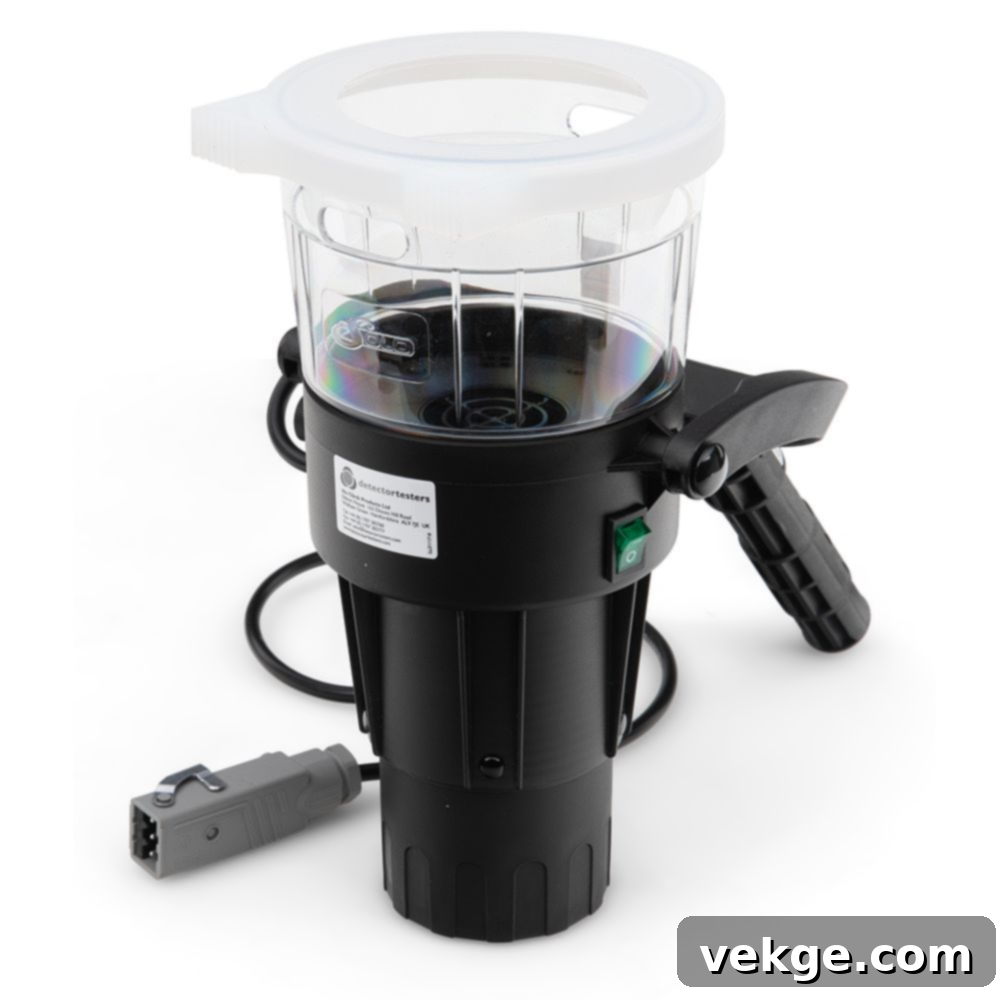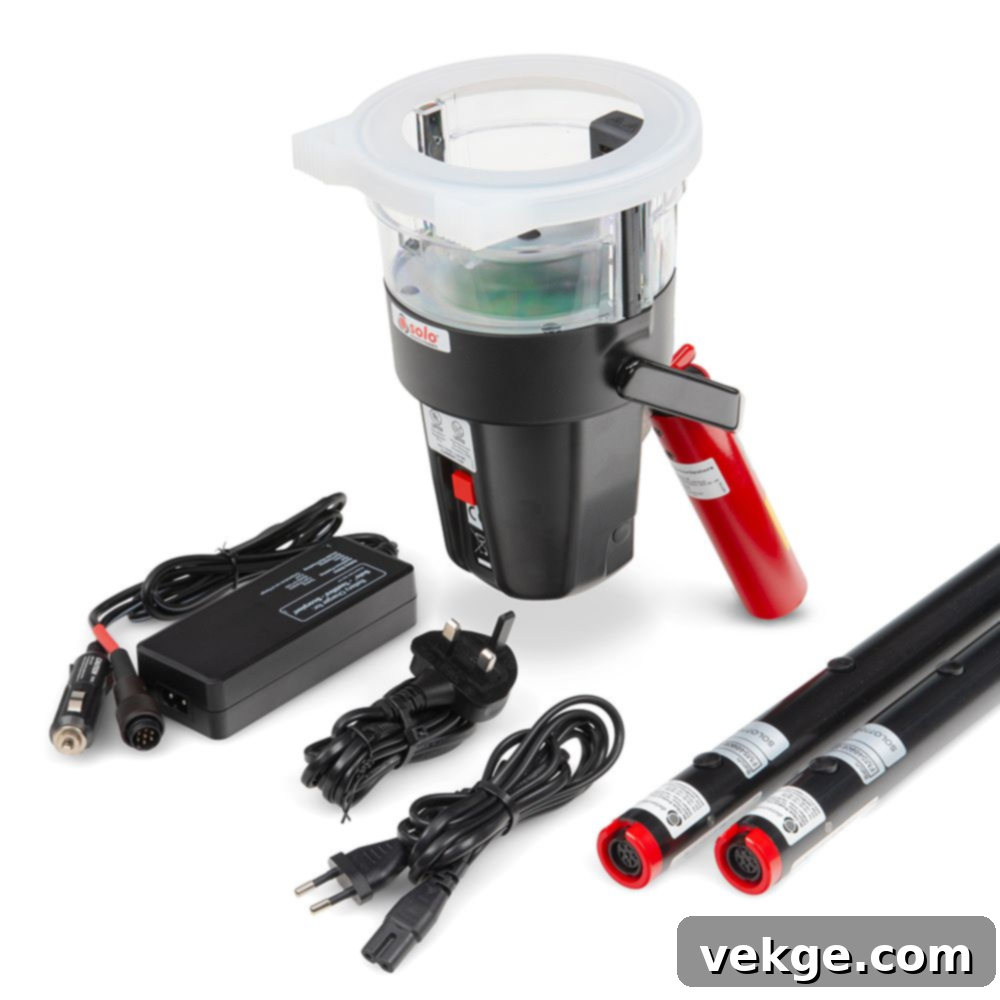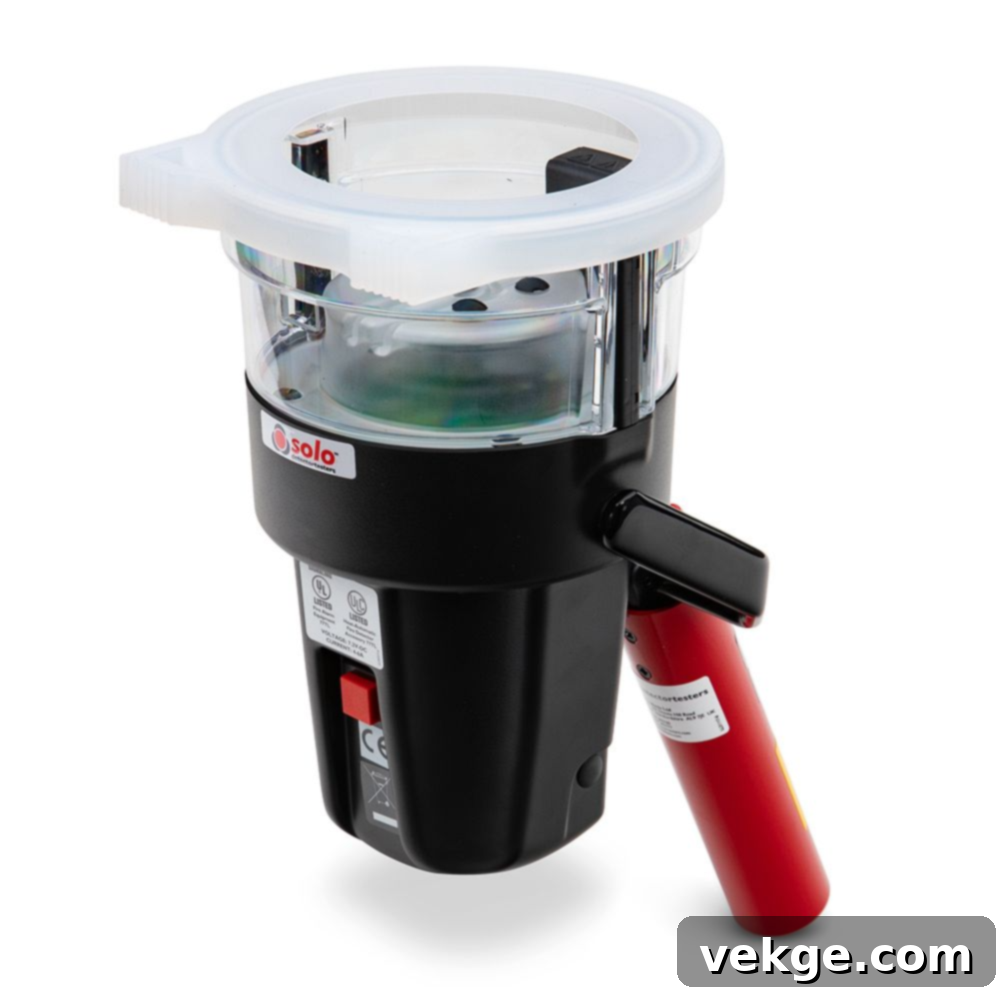Advanced Detection Technology: Safeguarding Lives and Property with Intelligent Systems
In an increasingly complex world, the paramount importance of safety and security cannot be overstated. Protecting people and property begins with implementing the right detection systems. When every second counts, an early warning can be the critical factor that prevents disaster, minimizes damage, and ultimately saves lives. Advanced detection technology plays an indispensable role in achieving this, offering proactive solutions across a vast spectrum of environments, from bustling manufacturing plants and intricate data centers to quiet residential homes and expansive apartment complexes. Choosing the appropriate solutions is not merely about installing equipment; it’s about establishing robust safety frameworks that ensure critical alerts are triggered precisely when they are needed most.
Beyond the hardware and software, modern detection systems deliver something invaluable: confidence. Knowing that your space is continuously monitored with precision brings immense peace of mind to owners, property managers, and occupants alike. This assurance allows individuals to focus on their daily activities, secure in the knowledge that a vigilant, silent guardian is always at work. As safety demands evolve with new architectural designs, material innovations, and population densities, so too must our approach to detection. Continue reading to explore how detection tools are advancing to meet and exceed contemporary safety expectations, becoming more intelligent, versatile, and seamlessly integrated than ever before.
Precision Engineering: Recognizing the Right Signals with Smart Detectors

The efficacy of any detection system hinges on its ability to accurately distinguish between normal environmental fluctuations and genuine threats. This critical function underscores the immense importance of meticulous calibration and sophisticated design. In challenging and dynamic environments, such as industrial kitchens, dusty warehouses, or areas with significant airflow variations and steam production, detectors must exhibit extreme sensitivity without becoming overly reactive. The goal is to avoid costly and disruptive false alarms, while simultaneously ensuring that no real threat goes unnoticed. This delicate balance is the hallmark of truly advanced detection technology.
Modern smart technology has revolutionized this capability. Sensors are now engineered to respond to specific changes in temperature, smoke density, or gas concentrations based on predefined, precise thresholds, rather than relying on less accurate assumptions. Multi-criteria detectors, for instance, combine various sensing elements (e.g., heat, smoke, CO) to cross-reference data and significantly reduce the likelihood of false positives. This intelligent approach, often enhanced by advanced algorithms and even artificial intelligence, allows devices to adapt to their surroundings, learn typical patterns, and only trigger an alarm when a verified threat is present. Devices that successfully strike this balance offer more than just superior performance; they build trust and provide unwavering reliability in crucial moments.
Tailored Solutions: Adapting Detection to Diverse Environments
One of the foundational principles of effective safety planning is recognizing that “one size does not fit all” when it comes to detection. From bustling commercial kitchens to expansive industrial warehouses, and from tranquil residential apartments to critical infrastructure facilities, detection needs vary dramatically based on the specific use case and environmental conditions. Installing a generic system without considering these nuances can lead to compromised safety and inefficient operation.
For example, in environments prone to high ambient temperatures, steam, or airborne particles, such as kitchens, laundries, or boiler rooms, standard optical smoke detectors may frequently trigger false alarms. In these conditions, heat detectors, which respond to rapid temperature increases or fixed high temperatures, are often the preferred and more reliable choice. Similarly, open-plan office spaces, grand halls with exceptionally high ceilings, or large storage facilities present unique challenges regarding coverage and response time. Here, specialized solutions like aspirating smoke detection (ASD) systems, which actively draw air samples for analysis, or beam detectors, which cover vast areas with an infrared light beam, are essential to ensure comprehensive and rapid detection without unnecessary interference. Matching the specific detection technology to its intended environment is paramount for ensuring optimal protection, compliance, and operational efficiency.
Ensuring Longevity: Simplified Maintenance for Unwavering Performance
Just like any complex safety infrastructure, the long-term reliability and effectiveness of detection systems are critically dependent on routine checks, proper calibration, and consistent maintenance. A system is only as good as its last successful test, making ease of upkeep an integral part of its design and an essential aspect of its operational lifecycle. Accessible design plays a pivotal role here, allowing maintenance teams to test devices regularly without requiring specialized tools, intricate procedures, or causing significant disruption to the occupants or operations.
Modern detection systems are increasingly incorporating features that simplify maintenance. This includes self-testing capabilities, remote diagnostic tools, and modular designs that facilitate easy component replacement. These innovations not only ensure continued functionality but also significantly support compliance with stringent local, national, and international safety standards and regulations, such as those set by NFPA (National Fire Protection Association) or EN (European Standards). Simplified testing procedures help to dramatically reduce the time spent on inspections, lower associated labor costs, and, crucially, minimize the likelihood of overlooked issues that could compromise safety. Investing in systems designed for easy maintenance is an investment in sustained reliability and peace of mind.
Seamless Integration: Discreet Design Meets Robust Durability

Today’s advanced safety systems are meticulously engineered to integrate seamlessly into their surroundings, marrying functionality with aesthetics. The days of bulky, obtrusive detectors are largely over. Modern units feature sleek housing, often in neutral colors or customizable finishes, allowing them to perform their vital role without visually disrupting the architectural integrity or interior design of a space. Whether installed in a contemporary office, a historic heritage building, or a minimalist residential setting, the right tools deliver protection without complication, becoming an almost invisible guardian.
At the same time, this discreet design does not come at the expense of durability; rather, robustness remains an absolute top priority. Materials are carefully selected for their exceptional resistance to a wide range of environmental factors, including significant temperature shifts, varying moisture levels, corrosive agents, and general wear and tear. High-grade plastics, reinforced composites, and corrosion-resistant metals ensure consistent performance even in the most demanding conditions, from humid industrial environments to arid outdoor installations. The result is resilient equipment that operates quietly and unobtrusively in the background, constantly vigilant and ready to respond the very instant it is needed, guaranteeing long-term reliability and optimal protection.
The Power of Speed: Intelligent Response and Integrated Safety Frameworks
In any emergency, particularly fire or gas leaks, delays in detection and response can lead to rapid escalation, transforming minor incidents into major catastrophes. This critical understanding drives the design of today’s intelligent detection systems, which focus intensely on rapid identification, reliable communication, and seamless integration with broader safety and security frameworks. Individual detection devices are no longer isolated units; they are networked components of a cohesive system, working in unison to alert occupants, activate control panels, and initiate automated responses such as opening emergency exits, closing fire doors, shutting down HVAC systems, or activating sprinkler systems where applicable.
This sophisticated coordination is paramount. It ensures that comprehensive response protocols are triggered immediately, providing occupants with crucial additional time to react, evacuate, and minimize potential impact. Wireless communication protocols, often combined with robust wired networks, facilitate instant data transfer to central monitoring stations and directly to emergency services, ensuring the fastest possible professional intervention. An ideal illustration of this technology in action can be observed in advanced Heat Smoke Detector units, which combine both heat and smoke sensing capabilities. These multi-sensor detectors leverage sophisticated algorithms to analyze multiple inputs simultaneously, drastically improving accuracy, reducing false alarms, and ensuring that life-saving decisions are made and executed with unparalleled speed and precision.
Investing in the Future: The Evolving Landscape of Safety and Security
The field of detection technology is in a constant state of innovation, driven by advancements in sensor technology, artificial intelligence, and the Internet of Things (IoT). Looking ahead, we can anticipate even more sophisticated systems that offer predictive analytics, allowing for potential threats to be identified and mitigated before they even fully manifest. IoT integration will enable detectors to communicate seamlessly with smart building management systems, offering real-time data and remote control capabilities that enhance overall situational awareness and operational efficiency.
Future trends point towards advanced sensor fusion, where multiple types of sensors (e.g., thermal imaging, acoustic analysis, air quality monitoring) will work in tandem, processed by AI-driven analytics to provide an even more comprehensive and granular understanding of potential risks. We may see drone-based inspection systems for large industrial complexes, or even fully autonomous monitoring solutions. This continuous innovation signifies a move towards holistic safety management, where detection systems are not just reactive alarms but proactive, intelligent components of a complete security ecosystem, constantly learning and adapting to create safer environments for everyone.
Choosing the Right Partner: Expertise in Detection Solutions
While the technology behind advanced detection systems is undoubtedly impressive, its true value is unlocked through expert implementation and ongoing support. Selecting the right partner for your detection needs is as critical as choosing the right equipment itself. A reputable provider offers more than just products; they provide invaluable consultation, professional installation services, and comprehensive maintenance plans tailored to your specific requirements and regulatory obligations. They possess a deep understanding of the diverse challenges posed by different environments—from complex industrial settings to sensitive residential properties—and can design a system that maximizes protection while minimizing operational disruption.
Certified professionals are equipped with the knowledge to navigate complex safety standards, ensuring that your system not only performs optimally but also adheres to all legal and insurance requirements. They can guide you through the selection process, from identifying the most suitable type of detectors (e.g., heat, smoke, gas, flame) to configuring integrated emergency response protocols. Ultimately, cutting-edge technology is only as effective as its deployment and upkeep. Partnering with experienced specialists ensures that your investment in detection technology translates into unwavering safety, continuous compliance, and enduring peace of mind.
